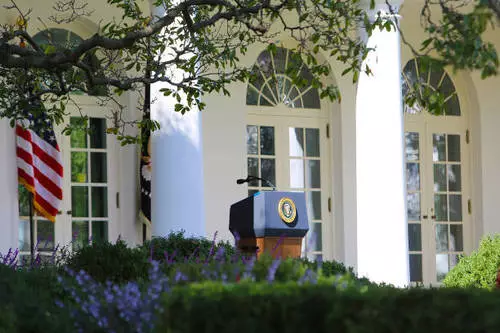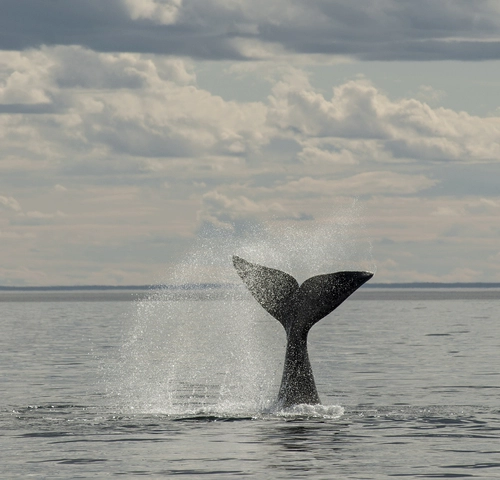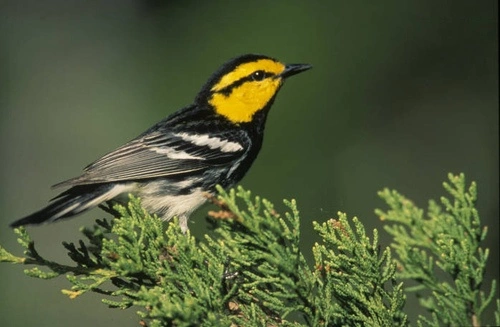On March 10, 2021, the United States Court of Appeals for the Fifth Circuit upheld a biological opinion (BiOp) and incidental take statement (ITS) issued by the U.S. Fish and Wildlife Service (Service) in connection with a $5.2 billion project to export liquefied natural gas from a terminal located on the south bank of the Brownsville Ship Channel in Cameron County, Texas (Project). Sierra Club v. Dep’t of the Interior, Case No. 20-60319 (5th Cir. 2021). In reaching its decision, the Fifth Circuit refused to second-guess the agencies consistent with the deferential standard of ...
In the 1978 amendments to the Endangered Species Act (ESA), Congress created the Endangered Species Act Committee, also know as the “God Squad.” The God Squad is composed of mostly Cabinet-level officials and has the authority to exempt a federal agency action from the ESA’s prohibition on taking actions that could lead to the extinction of an endangered or threatened species. While the God Squad has been around for more than four decades, its awesome powers have rarely been invoked. Perhaps due to scientific advances, it is possible that the God Squad may itself be heading for ...
Recently, the Department of the Interior released a pre-publication version of a Federal Register notice delaying the effective date of the Migratory Bird Treaty Act (MBTA) take definitional rule to March 8, 2021, and opening a 20-day public comment period, which will close March 1, 2021. The MBTA was enacted in 1918 to implement an international convention for the protection of migratory birds in response to declines in populations of a number of species of birds resulting from widespread hunting and poaching. The take definitional rule states in full:
“The prohibitions of the ...
In 2017, the Natural Resources Defense Council filed a lawsuit against the U.S. Environmental Protection Agency (EPA) over its approval of pesticides containing three active ingredients – acetamiprid, dinotefuran, and imidacloprid – due to their allegedly negative impacts on species listed as threatened or endangered under the Endangered Species Act (ESA). On February 8, 2018, the parties agreed to dismiss claims related to 36 of the pesticides.
On January 28, 2021, the Court approved a partial settlement pertaining to 46 of the remaining pesticides. Specifically, for ...
In December 2020, the United States District Court for the District of Montana issued an order on cross-motions for summary judgment concluding that it lacked jurisdiction—under both the Administrative Procedure Act (APA) and Endangered Species Act (ESA)—to hear a lawsuit involving an environmental group’s denied request to update an existing recovery plan for the grizzly bear (Ursus arctos horribilis). Ctr. for Biological Diversity v. Bernhardt, CV 19-109-M-DLC, at 26 (D. Mont. Dec. 23, 2020) (Order). After listing the grizzly bear nearly half a century ago, the U.S ...
On January 20, 2021, President Biden announced his administration will review regulatory actions taken between January 20, 2017 and January 20, 2021 in accordance with an Executive Order titled “Protecting Public Health and the Environment and Restoring Science to Tackle the Climate Crisis” (EO). Among the agency actions to be reviewed under the EO are a number of regulations and policies finalized by the Trump Administration involving Endangered Species Act (ESA), Migratory Bird Treaty Act (MBTA), and other related statutes.
An initial pre-publication announcement ...
On January 13, 2021, the U.S. Fish and Wildlife Service (Service) published a final rule to remove the inland population of the Interior least tern (Sterna (now Sternula) antillarum) from the list of endangered and threatened wildlife under the Endangered Species Act (ESA). Originally listed as an endangered species under the ESA in 1985, the Interior least tern is a small, fish-eating bird occurring along the Arkansas, Ohio, Mississippi, Missouri, Red, and Rio Grande rivers.
Prior to listing, the Interior least tern’s population had fallen below 2,000 as a result of habitat ...
On December 31, 2020, the National Marine Fisheries Service (“NMFS”) proposed to amend regulations implementing the Atlantic Large Whale Take Reduction Plan (“ALWTRP” or “Plan”) with the stated goal of reducing the incidental mortality and serious injury to the endangered North Atlantic right whale, as well as fin whales and humpback whales, in the Northeast commercial lobster and crab trap/pot fisheries. The agency stated that the amendment is needed in order to comply with the Marine Mammal Protection Act (“MMPA”) and the Endangered Species Act (“ESA” ...
On January 7, 2021, U.S. Fish and Wildlife Service (USFWS) published a final rule limiting the scope of the Migratory Bird Treaty Act (MBTA)’s prohibition on the take of migratory birds. The new rule excludes incidental take, meaning bird mortality that results from an action but is not the purpose of that action.
This rule is the culmination of Trump Administration efforts that began shortly after it took office to reverse prior agency policy and limit the scope of the MBTA. The rule does not take effect until February 6, 2021 and so may be suspended by the incoming Biden ...
On December 3, 2020, the U.S. Army Corps of Engineers, U.S. Fish and Wildlife Service, California Department of Fish and Wildlife, and other agencies (collectively, “Agencies”) announced an update to the standard Bank Enabling Instrument (“BEI”) template for use in connection with the development of mitigation banks that will be located in or propose service areas within the State of California.
BEI templates are used in connection with the approval of mitigation banks the purpose of which is to provide mitigation for projects that have received authorizations from ...
Nossaman’s Endangered Species Law & Policy blog focuses on news, events, and policies affecting endangered species issues in California and throughout the United States. Topics include listing and critical habitat decisions, conservation and recovery planning, inter-agency consultation, and related developments in law, policy, and science. We also inform readers about regulatory and legislative developments, as well as key court decisions.
Stay Connected
 RSS Feed
RSS Feed
Categories
- Alternative Energy
- Bald and Golden Eagle Protection Act
- Budget
- CEQA
- CESA
- Climate Change
- Congress
- Conservation
- Construction Projects
- Consultation
- Continuing Education
- Court Decisions
- Critical Habitat
- Delisting
- Endangered Species Act
- Event
- Fish & Wildlife Service
- Freedom of Information Act
- Government Administration
- Legal
- Legislation
- Listing
- Litigation
- Migratory Bird
- National Marine Fisheries Service
- NEPA
- Off Shore Wind
- Pacific Northwest
- project
- Publications
- Regulatory Reform
- Sacramento-San Joaquin Delta
- SEPA
- Speaking Engagements
- Supreme Court
- Texas
- Timberland
- Water Issues










